Little Goddess
Bronze has historically been a favored material for representing divine figures, owing to its durability and aesthetic qualities.
The oldest known bronze statue (or statuette, considering its small size of 10.5cm) is the prehistoric « Dancing Girl, » circa 2500 BC, excavated in the Indus Valley civilization city of Mohenjo-Daro (modern-day Pakistan).
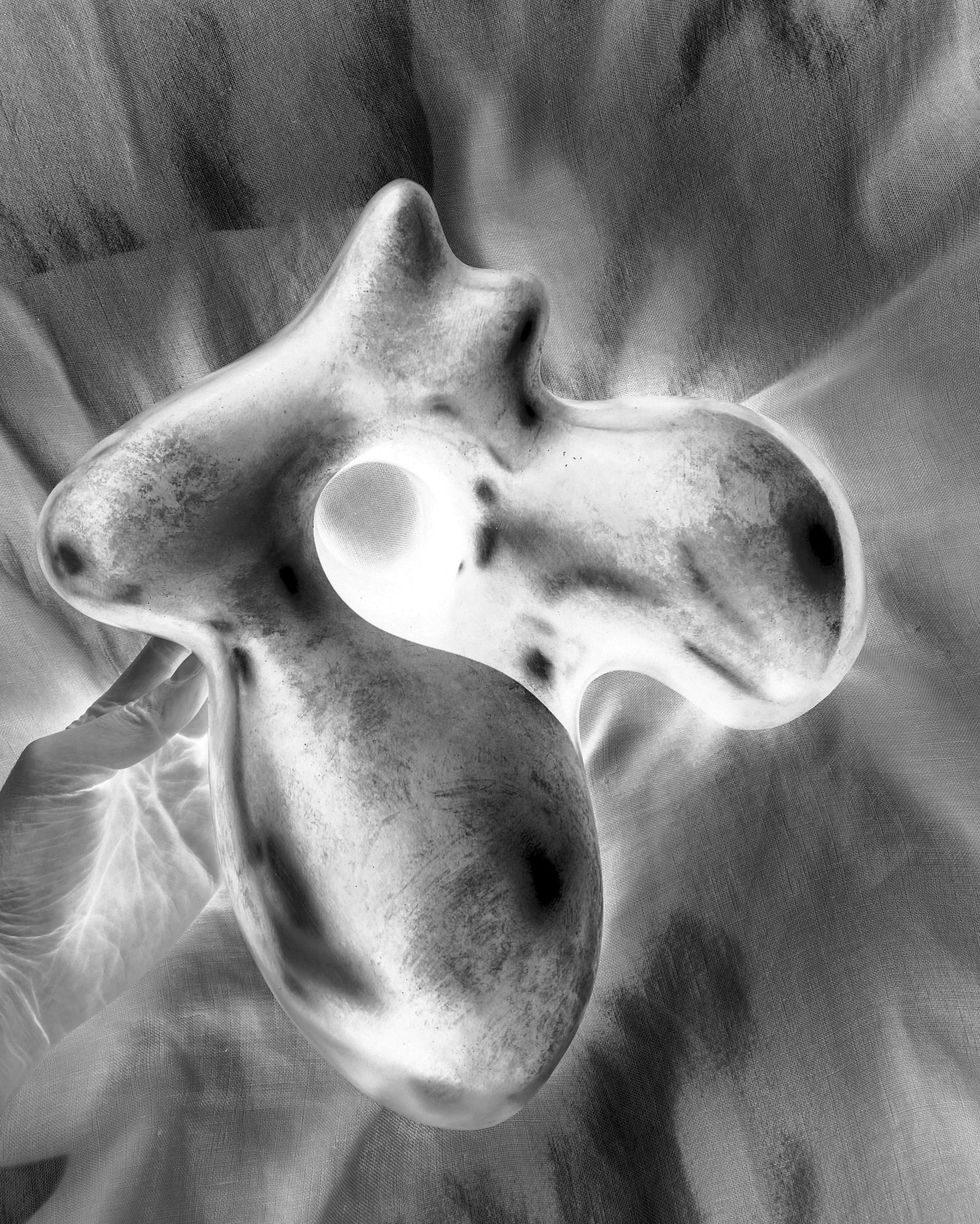



Bronze dancing girl (front and back views) 2500 BC, unearthed in Mohenjo-Daro, Pakistan
She is most likely a Hindu goddess, either Parvati or Shakti (essentially the same deity, symbolizing the diverse and multifaceted nature of the Divine Feminine).
I titled this bronze piece « Little Goddess » as a tribute.
The sculpture is crafted with a bronze of exceptional quality, containing 85% copper, significantly higher than the standard bronze composition, which typically contains around 55% copper. This higher copper content contributes to the superior quality and durability of the sculpture.
This artwork was initially crafted in sandstone and has recently been cast in bronze, featuring a medaille patina. It constitutes a limited series of 8, accompanied by 4 artist proofs. Sculpture signed and delivered with certificate of authenticity.
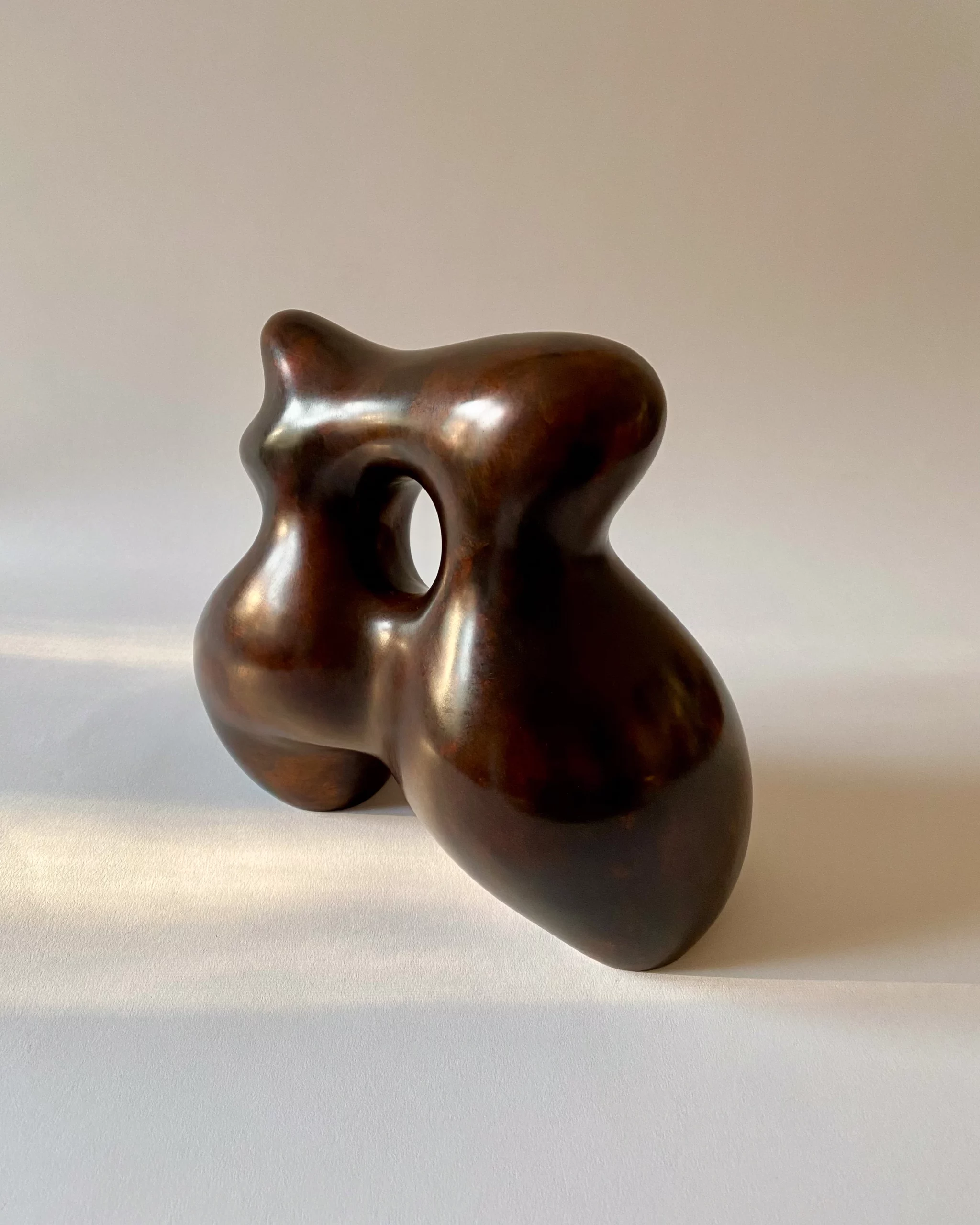

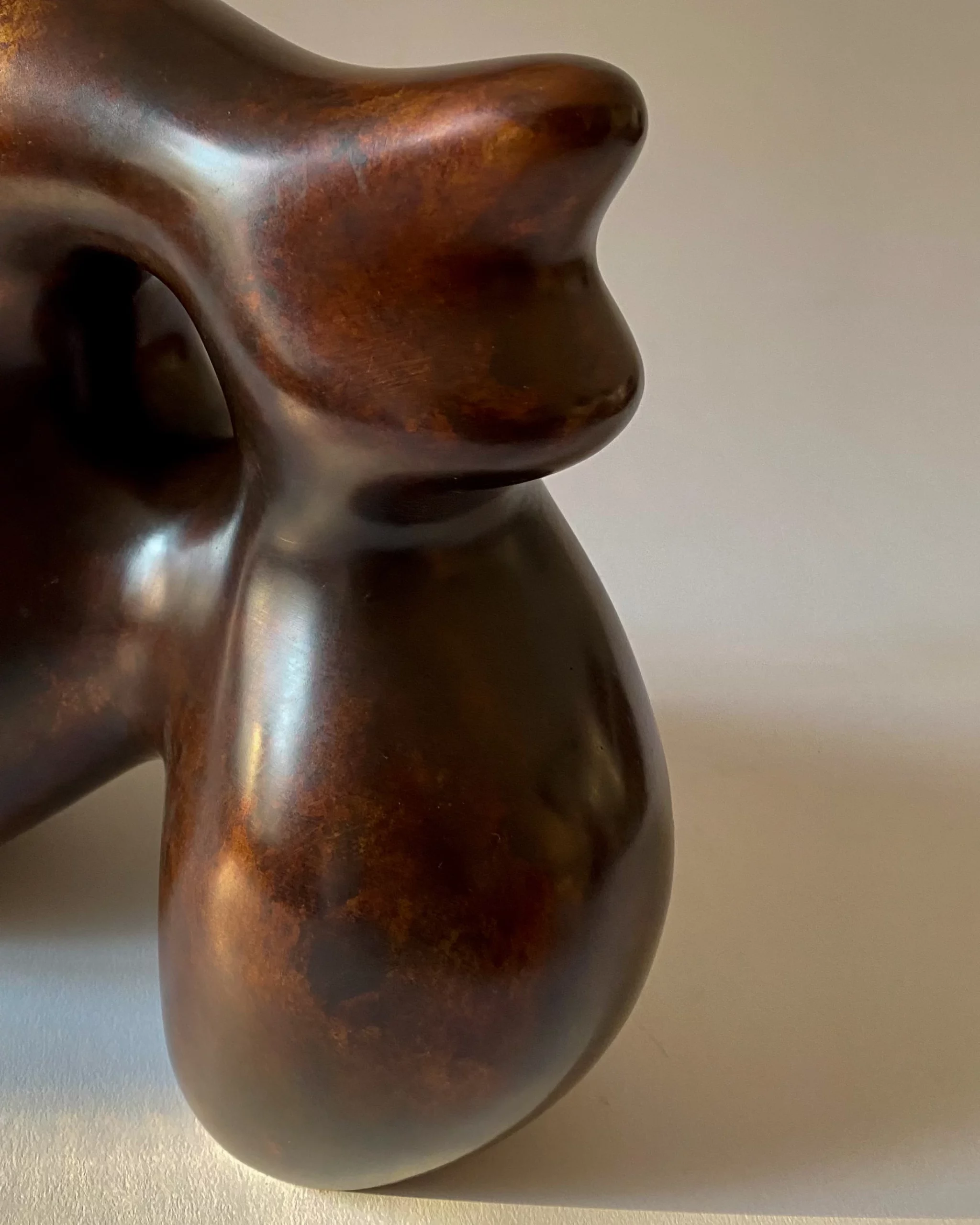

Dimensions: H21cm (8.2in)/ W23cm (9in)/ L14cm (5.5in)
Weight: 4.9kg
Foundry: Strassacker
Material: Bronze (85% copper)
Patina: Medaille (comes also in polished bronze)
Availibity: Limited edition in bronze casting. 8 numbered editions and 4 artist’s proofs.
Year of creation: 2023
Shipping: Free shipping worldwide
Nota Bene: Outside Europe collectors can contact me if wire transfer is prefered.
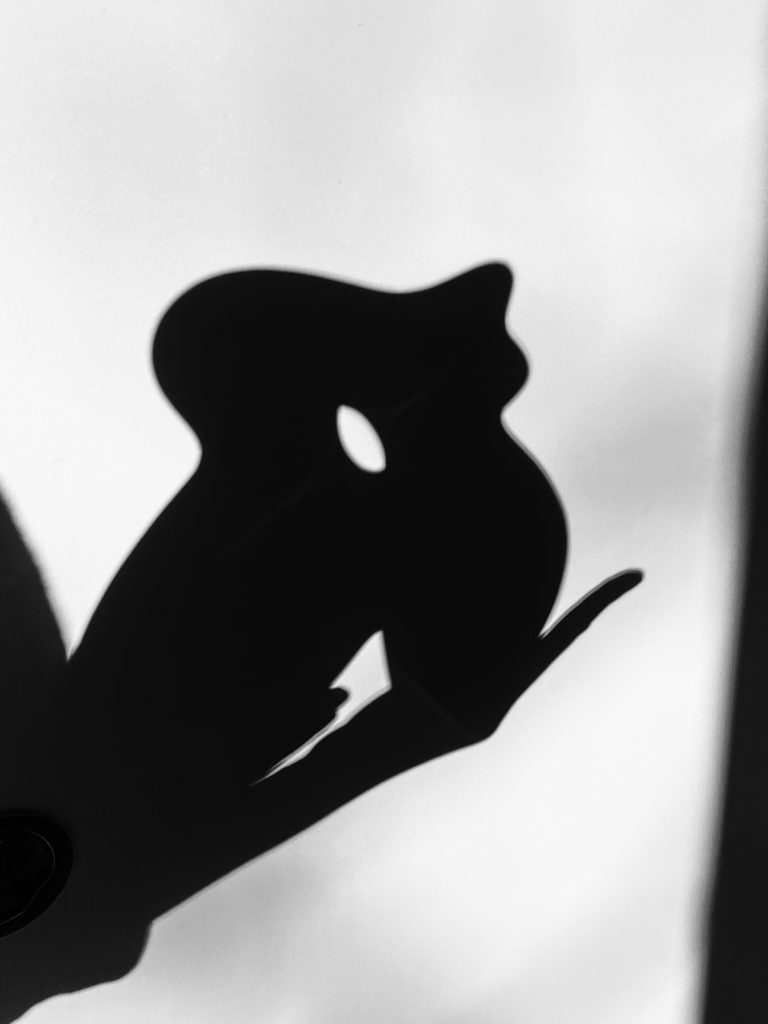
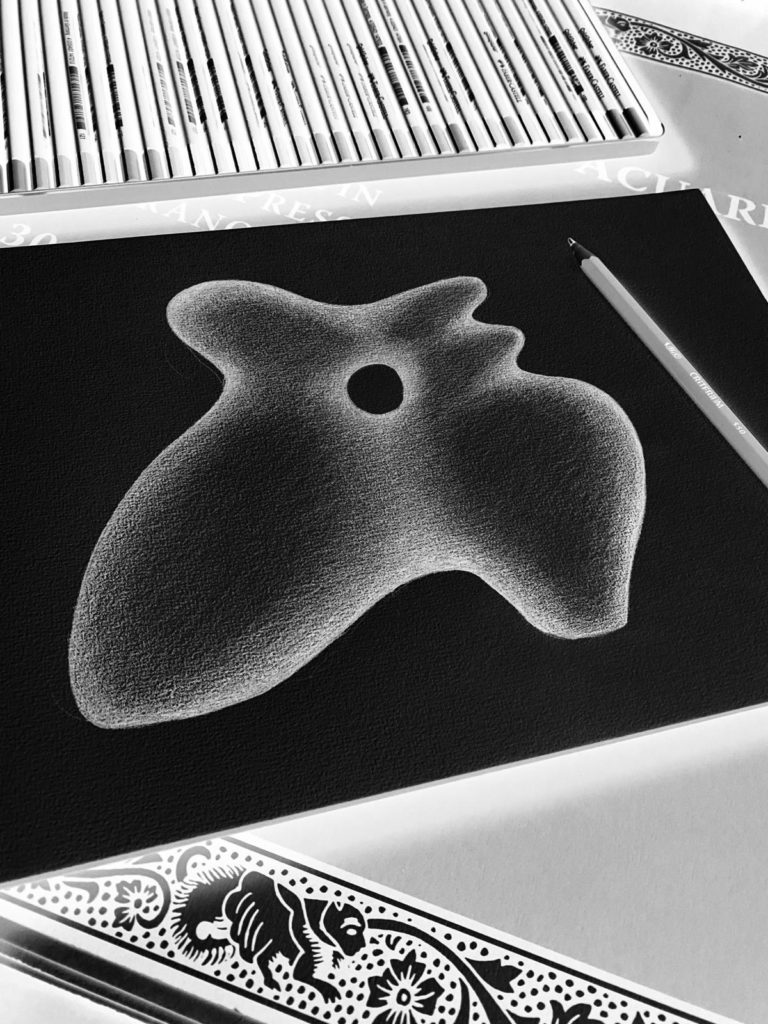

Hermine Bourdin’s sculptures employ circular, elongated, or oblong forms, skillfully utilizing rhyme to express their unique essence of softness and generosity. These voluptuous bodies gracefully arch, brace, dance, or stretch.
